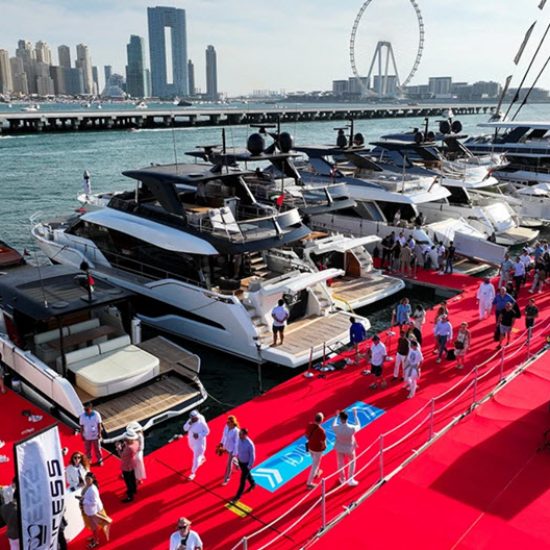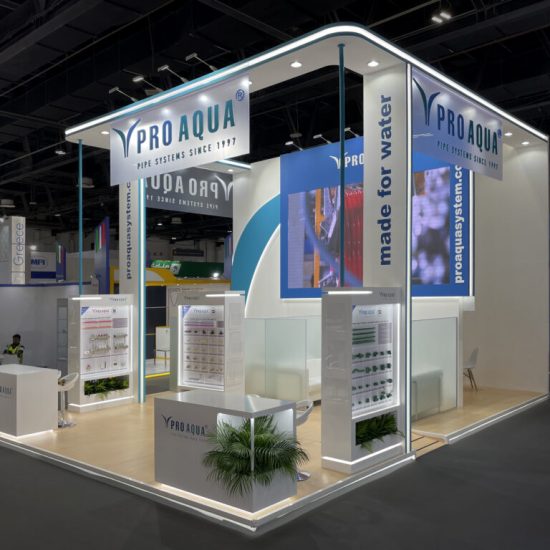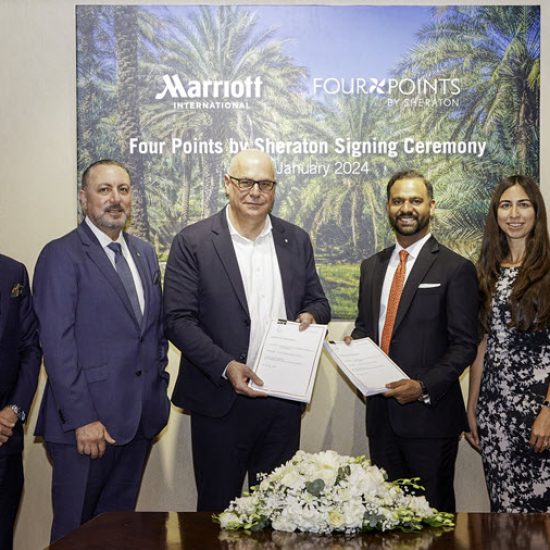|By Shara Tonn|WHEN A GREEN architect does a particularly good job, you’ll know it by the bling: the silver, gold, and platinum LEED certifications that emblazon buildings’ exteriors. But the best eco-conscious constructions don’t need a seal of approval—and their builders probably wouldn’t appreciate it anyway. Mound termites, native to Africa, South Asia, and Australia, are pros at building self-regulating structures that maintain oxygen levels, temperature, and humidity. And now human architects and engineers want to adapt that ingenuity for their own designs.
From the outside, a termite structure just looks like a pile of dirt. But if you slice one in half—difficult considering some can be more than 30 feet tall—things get a bit more complicated. The above-ground mound has an outer wall riddled with holes, which lead to a labyrinth of tunnels thatthemselves lead to a series of chimneys. And below the mound is a large, oval nest, where the queen resides.
That queen needs to breathe somehow. “If we buried ourselves a meter underground we wouldn’t last very long if we didn’t have some way of getting oxygen from the atmosphere down to us,” says Scott Turner, a biologist at the State University of New York, Syracuse. “It’s the same logic in the termite mounds.”
How does the mound dissipate air through its network of holes? As the sun moves through the sky during the day, the air in the thinner chimneys on the outer edges of the moundheat up quickly, while the air in the mound’s big, central chimney stays relatively cool. Hot air rises up through the outer chimneys and cool air in the central chimney sinks, circulating air continuously—injecting oxygen and flushing out carbon dioxide. At night, the flow reverses as the outer chimney air cools down quicker than the inner chimney air.
Mimicking termites’ strategies, architects and engineers can drastically improve energy efficiency in buildings. Take Mick Pearce, a Zimbabwean architect who designed the award-winning Eastgate Center in Harare, Zimbabwe. Similar to termite mounds, the concrete outer walls of Eastgate are porous. As wind blows through the tunnels on a hot day, the concrete sucks up the heat, cooling the wind before it whooshes into the shopping center. Fans flush the heat out of the concrete at night so it will be ready to store more heat the next day. Following termites’ lead, Pearce cut energy use down to about 10 percent of a normal building that size.
“Ultimately, we want to bring termite ventilation to buildings because it would allow the buildings to breathe freely,” says Rupert Soar, a biomimetic expert at Nottingham Trent University. The next step: mimicking the process of termite construction. Scientists have already programmed computer termites to design complex structures based on real behavior—things like complicated porous walls with intersecting tunnels and ducts.
Actually building those structures will be more difficult than designing them. But Soar says the bottleneck is 3-D printing. Once large-scale 3-D printing technology catches on in construction, you may be living in your own termite mound.
[quote_regular name=”” icon_quote=”no”](This article was originally published on Wired.com)[/quote_regular]





